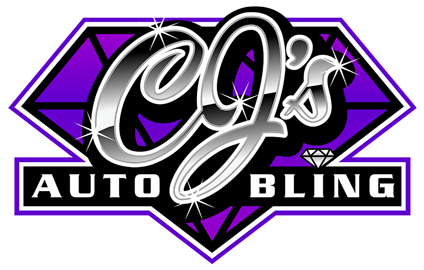
Feynlab Ceramic Coatings: The Basics (1/2)
Originally, cars were painted purely to protect the metal from corrosion and damage. That being said, people quickly figured out that achieving a perfectly glossy coat of paint was the most important part of a beautiful vehicle. For decades, wax was the solution for motorists who wished to create a long-lasting shine, repel dirt, and protect against environmental agents and rain. Wax fit the bill for a long time, but new technology has been developed that is disrupting an established industry.
What are Ceramic Coatings?
Ceramic coatings are a liquid polymer. Coatings are applied to vehicles by hand and form a molecular bond with the existing clear coat. This molecular bond is incredibly strong and forms a long-lasting, glossy, protective coating that protects your clear coat from mechanical and chemical damage. The bond is so strong, in fact, that high-quality ceramic coatings will protect your vehicle for years to come.
There is tons of confusion about the “ceramic” part of ceramic coatings. Automotive ceramic coatings have nothing to do with pottery. Ceramic coatings contain nano-ceramic particles, which contribute much to the properties of the coatings.
Why are Ceramic Coatings So Strong?
The strength of ceramic coatings comes from the way they bond to the surface. The polymers in ceramic coatings form a nanostructure by cross-linking with each other, and the surface to which they are applied. Through this process, the coating becomes an inseparable part of the clear coat.
The strongest coatings require a machine buffer to take them off. Coatings that are less durable still need a strong solvent to remove.
What’s New on the Market?
You will encounter marketing terms like “glass” or “quarts”. Do not be fooled by this type of marketing. All ceramic coatings are made of nano-ceramic polymers. The key to separating high-quality ceramic coatings from low-quality ones, as well as separating new from old, is the type of ceramic particles that are used.
Ten years ago, coatings all used silicon oxide (SiO2). These coatings performed well but didn’t last very long. The introduction of silicon carbide (SiC2) particles enabled a single application to last over ten years. Coatings often blend different types of particles to achieve specific results. High-quality coatings, such as the ones we carry from Feynlab, offer the best protection and longevity.
What’s the Deal With “Hardness”?
Many brands use “hardness” as a byword for quality; they will suggest that more hardness equals better quality when this is not actually the case. The crucial thing to understand is that as hardness increases, scratch resistance decreases.
If a coating is ridiculously hard, the pressure created by a scratch isn’t dissipated at all, meaning it will leave a scratch. What you want are coatings with a certain amount of elasticity. Elastic coatings will absorb the pressure of a scratch over a large surface area.
Elasticity is how coatings achieve “self-healing”. Some self-healing coatings require a gentle application of heat to work (such as through a heat gun, or even parking in the sun), while others employ a process known as auto-mechanical self-healing.
Need More Info?
Part 2 will be coming out in a few weeks. In the meantime, check out this page for more information on ceramic coatings and how they can improve the performance and appeal of your vehicle. If you have more questions that need answering, just reach out to us – we’re always happy to chat about your upcoming project.
